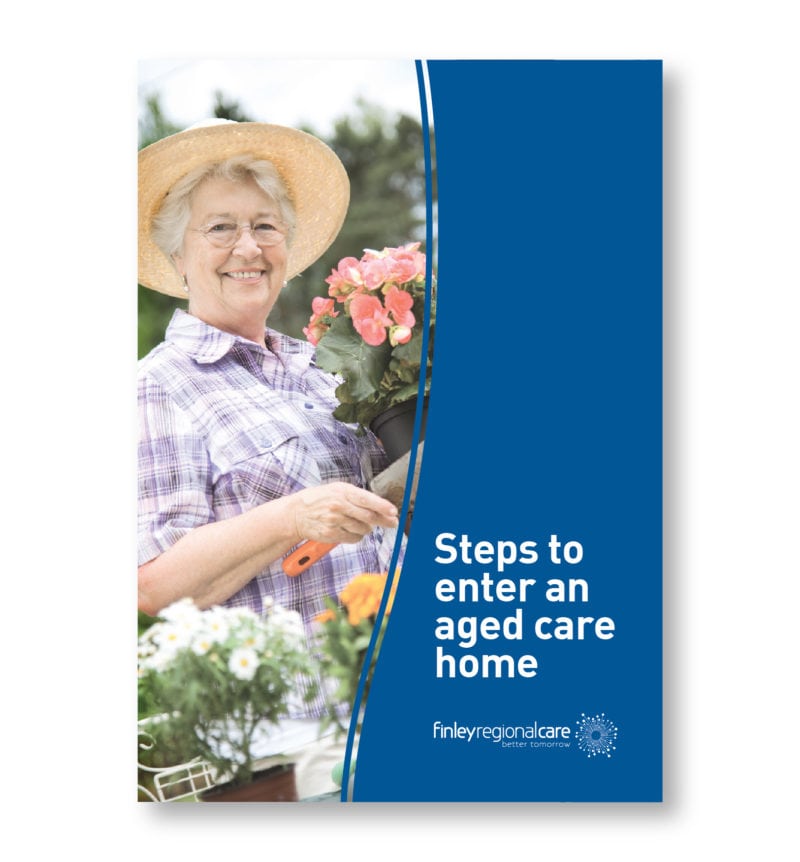Think you’re too old to start exercising? You’d be wrong.
But you’re not alone in thinking that. Just one in ten Australians aged over 50 does any regular exercise, and our nation is suffering under the obesity and ill health epidemics caused by our collective lack of exercise.
There are a whole host of reasons why older people fail to get enough exercise, including being too busy, too tired, too stressed, too out-of-shape, too unwell or simply viewing exercise as just too hard. But without regular physical activity, older people are prone to a range of health problems, including:
- Reduced respiratory and cardiovascular function
- Increased blood pressure
- Vastly increased risk of various diseases and early mortality
- Increased body fat levels
- Reduced muscle and bone strength
- Reduced balance, mobility, coordination and joint flexibility
In short, lack of exercise is quite literally killing us.
Katrina is a prime example. She was 61 and happily living a sedentary lifestyle when she saw a photo of herself at her granddaughter’s birthday party and realised that she wasn’t looking her best. Not only that, she wasn’t feeling her best either. She was frequently tired and short on energy, and some days everything felt like an effort. She had piled on the weight since she was in her 20s with a steady program of no exercise and an unhealthy diet, and the results were alarming. She was pre-diabetic, had high blood pressure and was seriously at risk of heart disease.
Katrina decided then and there that she needed to make a change. She made some dietary changes that helped her control her weight – and she began to exercise. She started off by walking around the block, gradually making her walks longer and longer. After a few months of walking, she did something that she initially found very intimidating – she joined a gym. She started out by training with a personal trainer, so that she could learn how to correctly use the equipment and how to train with good technique. Pretty soon she was hooked on exercise, and moved to group fitness classes – and hasn’t stopped since.
Today, Katrina goes to the gym three times a week, and walks on the alternate days. She’s lost weight, gained muscle, is no longer at risk of diabetes and her doctor is happy with the improvements she’s made to her heart health and blood pressure. And she’s discovered the benefits of exercise endorphins, and feels far more energised and enthusiastic about life.
All of which goes to show that it’s never too late to start becoming physically active and to benefit from exercise – no matter how old you are. Whatever your age, your body will respond to the stimulus of exercise, and you’ll soon be reaping the many benefits to your health, such as:
- Lowered risk of mortality and increased life expectancy
- Prevention of many diseases and chronic conditions
- Improved balance, stability and mobility
- Decreased risk of falls
- Healthier heart
- Stronger bones
- Improved memory and cognitive function
- Improved mental health and lowered risk of depression
- Improved healing and ability to recover from injury or illness
- Better sleep
- Greater independence
- Improved mood and energy levels
- Improved quality of life
It’s clear that the benefits of exercise are enormous, and the consequences of avoiding exercise are severe. Cardiovascular disease is a leading cause of death for older people – something that exercise can help prevent. Physical activity really is a wonder drug for older people – and you can reap the benefits even if you’ve never been physically active before. While a lifetime of exercise is undoubtably beneficial, starting exercise later in life can help delay muscle weakness, frailty and disease.
Exercise is also useful in reducing the effects of dementia – find out more here.
Are there risks associated with starting exercise later in life?
Older people often worry about the risk of falls due to loss of balance and mobility, or the chance of sustaining an injury. People can sometimes feel that their age makes exercise somewhat of a risk, but again, the truth is quite the opposite. Many of the symptoms associated with ageing are actually symptoms of inactivity, such as:
- Loss of balance and mobility
- Getting out of breath quickly
- Muscle weakness
Rather than posing a risk, these symptoms will improve with increased physical activity. And having health issues (such as diabetes, heart disease or arthritis) is not an excuse for lack of exercise – rather, it’s a great reason to start (unless you have been otherwise advised by your doctor). Research has shown that exercise can often provide similar benefits to medication – and with far fewer side effects. Exercise can improve symptoms of current health conditions that you might have, and significantly reduce the risk of further health problems. Being sedentary is far more risky to your health than exercise. In fact, exercise is no longer optional for older people – it’s essential.
Make exercise as safe as possible
However, keep in mind that you should always check with your doctor or health care provider before starting an exercise program, especially if you have a medical condition. If you’ve never done much exercise before, seek professional help. A physiotherapist can help you manage physically limiting disabilities, and an exercise physiologist can design a program for you and help you learn how to exercise safely.
If you’ve been inactive for a long time, make sure you start slowly and don’t try to do too much too soon, as this can lead to injury or burn-out. Start small and build up over time so that you can maintain your progress. And always listen to your body. Stop exercising if symptoms such as dizziness, chest pain, extreme shortness of breath or severe pain develop, and consult a health care professional.
It’s also important to find a sport or activity that you’re comfortable doing and will enjoy. Consistency is the most important thing, and you’re more likely to be consistent if you enjoy what you do. 30 minutes a day is recommended, but you don’t have to start with that amount of exercise. You can build up gradually by incorporating 10-minute bouts of exercise into your day – it all adds up.
There’s really no reason why older people can’t be out there lifting weights, running marathons or doing yoga – and plenty of them are. And they’re reaping the benefits. Exercise really is medicine – and it’s a cure that’s available to anyone of any age.
Exercise is one of the secrets to living a longer, healthier life – read more here.


 How to check if your parents’ aged care facility is up to standard
How to check if your parents’ aged care facility is up to standard
